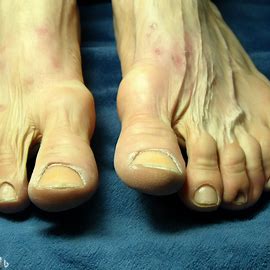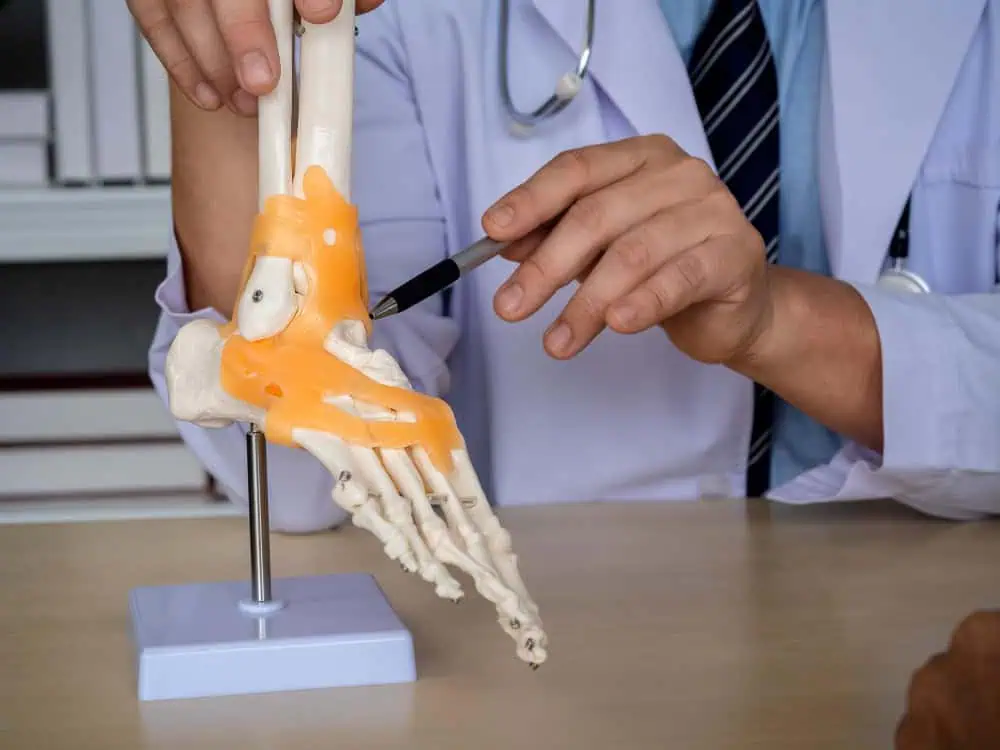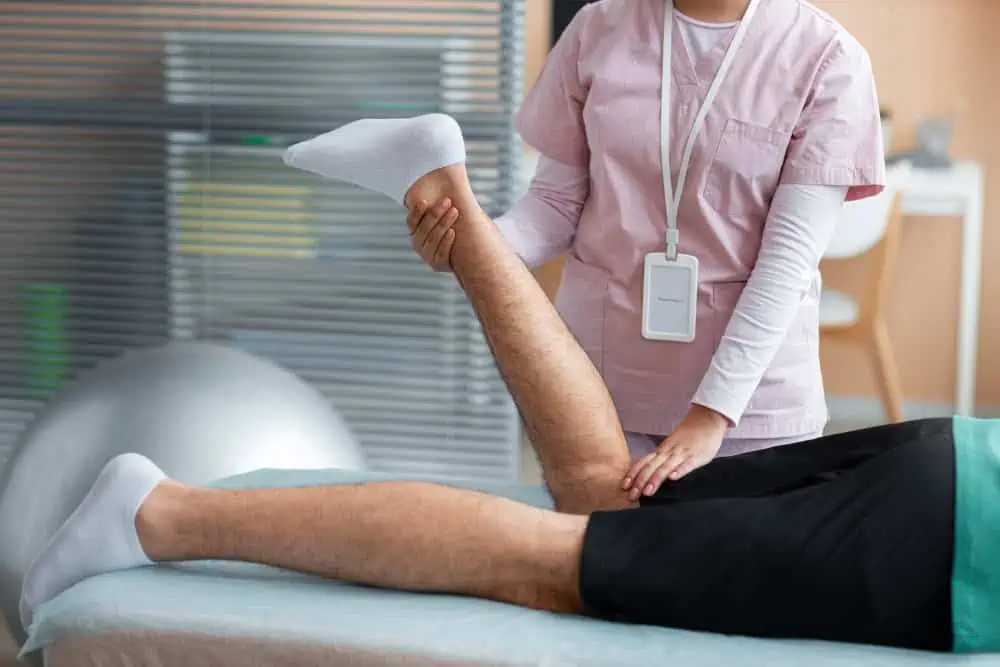Foot Care: A Comprehensive Guide to Healthy Feet
Welcome to our comprehensive guide to achieving and maintaining healthy feet. At WeTreatFeet Podiatry, we understand the importance of foot health and how it contributes to your overall well-being. In this article, we’ll delve into various aspects of foot care, offering insights, tips, and practices to help you keep your feet in the best possible condition.
Understanding the Foundations: The Anatomy of the Foot
To begin our journey towards optimal foot health, let’s first explore the intricate anatomy of the foot. The foot is a complex structure comprising bones, muscles, ligaments, tendons, and joints. Each component plays a crucial role in providing support, balance, and mobility.

The foot consists of three main sections: the forefoot, midfoot, and hindfoot. Within these sections, there are numerous bones, including the metatarsals and phalanges in the forefoot, the tarsal bones in the midfoot, and the calcaneus and talus in the hindfoot. Understanding the anatomy of the foot is essential for identifying potential issues and taking proactive measures to prevent discomfort or pain.
Common Foot Problems and Prevention Strategies
We understand that maintaining healthy feet goes beyond mere anatomy knowledge. It involves being aware of common foot problems and adopting preventive measures to mitigate their impact. Here are some frequent foot issues and steps to prevent them:
Plantar Fasciitis: Nipping Heel Pain in the Bud
Plantar fasciitis is a common condition characterized by inflammation of the plantar fascia—a thick band of tissue that connects the heel bone to the toes. The symptoms often include stabbing heel pain, especially during the first steps in the morning. To prevent plantar fasciitis:
- Wear supportive shoes with proper arch support.
- Perform calf stretches to maintain flexibility.
- Avoid walking barefoot on hard surfaces.
Ingrown Toenails: Tips for Prevention and Care
Ingrown toenails can be painful and result from the toenail growing into the surrounding skin. Preventive measures include:
- Trimming toenails straight across to avoid curved edges.
- Wearing shoes with enough room in the toe area.
- Keeping feet clean and dry to prevent infections.
Nurturing Your Feet: Daily Care and Hygiene
Caring for your feet is a daily commitment that pays off in the long run. Incorporate these practices into your routine to ensure your feet remain healthy and comfortable:
- Daily Washing: Wash your feet with warm water and mild soap, and pat them dry to prevent fungal growth.
- Moisturization: Apply a foot cream or moisturizer to prevent dry, cracked skin.
- Nail Care: Trim your toenails regularly and file any sharp edges to prevent ingrown toenails.
The Role of Proper Footwear: Choosing the Right Shoes
Your choice of footwear can significantly impact foot health. Here are some tips for selecting shoes that provide both comfort and support:
- Proper Fit: Shoes should fit comfortably, with enough room for your toes to move.
- Arch Support: Look for shoes with adequate arch support to maintain proper alignment.
- Breathability: Opt for shoes made from breathable materials to prevent moisture buildup.
Incorporating Foot Exercises: Strengthening and Flexibility
Maintaining strong and flexible feet can help prevent common foot issues. Consider adding these exercises to your routine:
Toe Raises
- Stand with your feet flat on the ground.
- Slowly raise your toes while keeping your heels on the floor.
- Lower your toes back down.
Achilles Stretch
- Stand facing a wall with one foot forward and one foot back.
- Bend the front knee while keeping the back leg straight.
- Feel the stretch in your calf and hold for 15-30 seconds.
Conclusion
Investing in the health of your feet is an investment in your overall well-being. By understanding foot anatomy, being proactive in preventing common foot issues, and following a daily care routine, you can ensure that your feet remain comfortable and pain-free. Remember that seeking professional advice from a podiatrist is essential for addressing any persistent or severe foot problems. Let’s embark on a journey towards healthier, happier feet!
Frequently Asked Questions (FAQs)
(this is not medical advice and should not be substituted for having a visit with a WeTreatFeet Podiatrist)
1. What is the plantar fascia, and why does it cause heel pain?
The plantar fascia is a thick band of tissue that runs along the bottom of the foot, connecting the heel bone to the toes. When this tissue becomes inflamed or irritated, it can lead to a condition known as plantar fasciitis, which causes sharp heel pain, especially during the first steps in the morning.
2. How can I prevent ingrown toenails?
To prevent ingrown toenails, follow these steps:
- Trim your toenails straight across, avoiding rounded edges.
- Choose footwear with enough room in the toe area to prevent compression.
- Keep your feet clean and dry to reduce the risk of infection.
3. Can I treat minor foot discomfort at home?
Yes, for minor foot discomfort, you can try the following:
- Rest your feet and elevate them to reduce swelling.
- Apply ice to the affected area for 15-20 minutes at a time.
- Use over-the-counter pain relievers as directed.
4. What are the best practices for choosing proper footwear?
Choosing the right shoes is crucial for foot health. Consider the following tips:
- Ensure a proper fit with enough room for your toes to move.
- Look for shoes with good arch support to maintain proper alignment.
- Opt for breathable materials to prevent moisture buildup.
5. Can foot exercises help prevent common foot problems?
Yes, incorporating foot exercises into your routine can help strengthen and improve flexibility. Some effective exercises include:
- Toe Raises: Strengthen the muscles in your toes and arches.
- Achilles Stretch: Enhance the flexibility of your calf muscles.
6. How often should I wash and moisturize my feet?
For optimal foot hygiene, wash your feet daily with warm water and mild soap. Pat them dry thoroughly, especially between the toes, to prevent fungal growth. Moisturize your feet regularly to prevent dry, cracked skin.
7. Is it necessary to seek professional advice for foot issues?
Yes, if you experience persistent or severe foot problems, it’s important to consult a podiatrist. They can provide accurate diagnosis and recommend appropriate treatment to address your specific concerns.
8. Can I prevent plantar fasciitis through footwear choices?
Wearing appropriate footwear is a key factor in preventing plantar fasciitis. Choose shoes with proper arch support, cushioning, and shock absorption. Avoid shoes with worn-out soles or inadequate support, as they can contribute to heel pain.
9. Are there any specific footwear recommendations for athletes?
Athletes should prioritize footwear designed for their specific activities. Look for athletic shoes that offer adequate support for the type of sport you engage in. Replace athletic shoes regularly to ensure optimal cushioning and support.
10. How can I maintain foot health as I age?
As you age, it becomes even more crucial to care for your feet. Continue practicing good hygiene, wear supportive footwear, and stay active with foot-friendly exercises. Regular visits to a podiatrist can help detect and address any potential issues early on.




